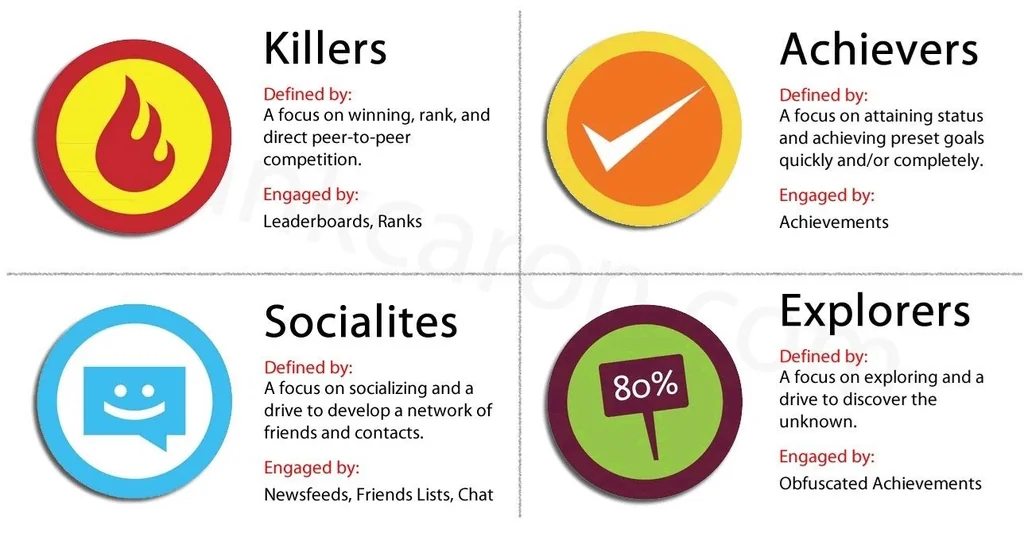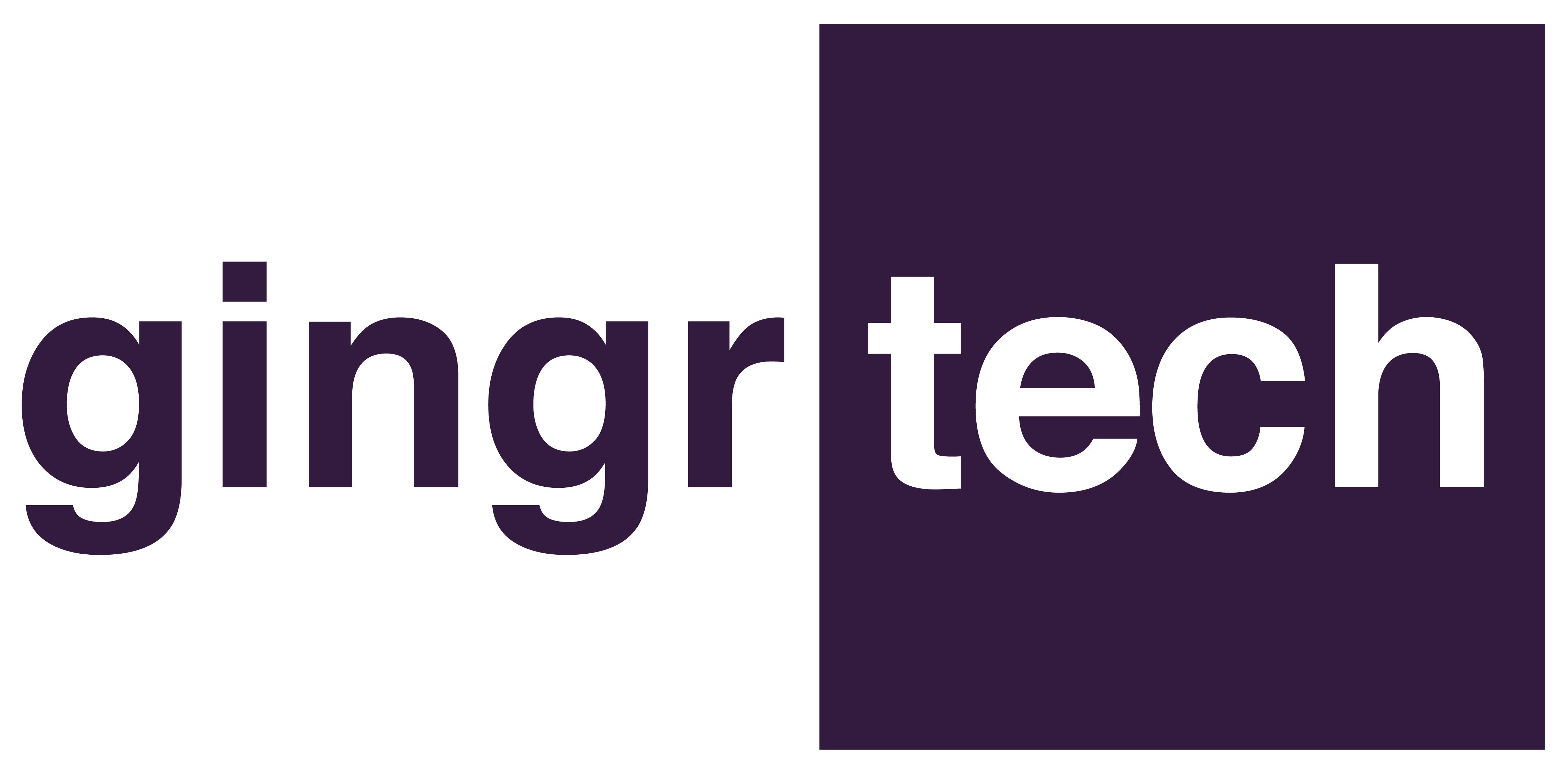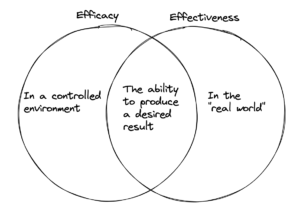Elton Daddow is Commercial & Training Director at GingrTech and has been working in the field of Higher Education for over 20 years, 13 of which were spent in Higher and Further Education partnership roles at FTSE100 Pearson in the UK through their digital transformation journey from print publisher to becoming the leading digital content and assessment provider in the education sector.
Elton is passionate about embedding technology-enhanced learning solutions and initiatives into teaching and learning strategy to support broad strategic goals for higher education providers and was selected 5 times to join Pearson’s Leadership Council for outstanding achievers.
Insight
Putting Effectiveness into Experiential Learning
“This sounds great, but how do we know it is effective at embedding learnings into practical day to day work for our staff? How can we measure it?”
It’s an age old question we hear from our clients.
80%
of all learning through traditional methods is lost – unless revisited multiple times.
Conversations that we have with CEOs, Directors of Learning & Development and Organizational Development across all industries, sectors and countries nearly always conclude that there are multiple benefits from embedding business simulations into programmes of learning and development. But how do we make sure what we do is truly effective?
The important questions that arise from discussions invariably include the following:
“How can we ensure that the training will surface and address the organizational challenges we’ve identified?”
“How can we measure the effectiveness of the training?”
“How will we know that the learnings are embedded into the workplace environments?”
And these are all entirely valid questions.
If we focus on positive feedback from participants as sole aim, and woolly, intangible benefits, was it worth the time and financial investment for the client?
It has been proven that bringing groups together solves complexity faster and increases the cognitive load that can be handled at any one time. But it’s imperative to understand what the many varying objectives of the training are, and how the learning will be applied, embedded and measured in the working world effectively after a simulation gameplay has ended.
Efficacy vs Effectiveness
These are often confused but are actually quite different, albeit with blurred lines of commonality.
When you’re investing in anything as a business – whether it’s hiring staff or creating a learning or CPD program from scratch – you need to have confidence the investment is paying off. For education in particular, most program owners tend to focus on learning outcomes as a measure of success without considering the business outcomes the program was built to achieve. But both evidence real ROI, both must be considered equally.
Efficacy indicates whether your content is teaching what it’s supposed to teach, effectiveness shows you how well that learning is working and being applied on the ground so to speak in the real world.
The measurements of effectiveness are therefore integral to what we do.
How can this look in the world of experiential learning?
‘Business simulations’ is such a brad category that encompasses the application of game technologies in the workplace and/or education setting. There are so many reasons why a client may want to use them. Is it …
Simply for fun? A team-building exercise that’s a bit different?
To be embedded as a core part of a learning, talent development or CPD program for (any level of) staff training?
Part of a curriculum for learners in a further or higher education setting, or for apprentices?
A competition scenario with staff or students competing?
An exhibition scenario with groups of people who have never met before?
For groups of military personnel who are finishing their service and entering a corporate world with limited knowledge of how a business operates?
All of the above, and indeed many many other scenarios are presented to us, all with varying needs and desired outcomes to tailor our training to, effectively.
This underscores the huge importance we attach to our process, starting with a needs analysis, through a gameplay phase then into real-world mapping based on our maturity indexes and observations.
What does a maturity index look like for our business simulations?
All of our ‘off-the-shelf’ simulations can be tailored extensively by facilitation based on a solid needs analysis session with a client. But what are we/they looking to get out of it in terms of the ‘effectiveness’ piece? This is where the maturity index plays a key role.
All of our simulations have a unique maturity index that underpins them (with some commonalities and clear distinctions for each simulation type), with 5 different levels of capability that can be reached by the end of any gameplay. For example the capabilities might be:
1) Communication
2) Collaboration
3) Inclusivity
4) Values
5) Feedback
6) Performance
There are many more, but we’re not willing to give way all our secrets!
We then chart individuals and teams through the levels of capability and score them based on our observations (& theirs) as the simulation progresses. The below diagram and narrative helps to put this into perspective more clearly. therefore integral to what we do.
About the author

Elton Daddow
Commercial & Training Director

Each player will be playing in a simulation role within a department, typically the following, with variants for certain simulations or bespoke client versions.
Marketing
Sales
CEO
Delivery/Production
Finance
They will all be making individual and collective decisions, with competing priorities and a plethora of individual approaches. The optimum scenario of course is that they move through levels 1-5 on this maturity index as quickly as possible, but there are so many factors that go into how successfully this can be achieved, and it may also vary by department or individual decision-making.
– online gameplay or in-classroom
– some participants in a room together with some dialing in individually
– user types/gamer personas (see diagram on the right, more info here)
– how well people know each other from their working worlds or student cohorts
All of these factors and many more directly influence the way in which this maturity index develops in practice. As facilitators we can attribute scores, and encourage participants to score themselves at the end of any simulation, which is valuable to feed into the post-simulation real-world mapping exercise to maximize effectiveness.

Source: Types of Gamers: Bartle’s Taxonomy (Bartle, 1996; Mesch, Kapp, and Blair, 2013)
Sometimes you win,
every time you learn

The example below looks at ‘Communication’ as a capability, and the 5 levels through which a participant and/or team strives to evolve in terms of their maturity as they work together to solve complex problems in the simulation gameplay, with valuable periods of reflection and strategic decision-making between levels of play based on David Kolb’s Experiential Learning Cycle.

How our business simulations embed effectiveness into learning: 7 stages
26 weeks trade in 26 minutes
It’s fast, intense, exciting, and fun. Your team is challenged with taking a business from good to great in just a few hours.
Are you ready for the challenge?
Here is a step-by-step look at how we embed effectiveness into our simulations:
1. Needs analysis
What does it mean?
Fully understanding the needs of any specific client that underpin the base simulation they choose and the way in which it is facilitated to surface
agreed business challenges.
This includes understanding how the client may want to play the simulation. All 3 levels in one day! In person? Remote? Hybrid? Spread out over several weeks? A half day? A competition with multiple teams and facilitators? Alligned to specific curriculum?
If required, a customized version of the simulation can be developed to meet any specific need.
Benefits
Highly effective simulation design, preparation and delivery in line with client expectations which can be repeated, enhanced and adapted based on different groups and different needs identified.
2. Simulation demonstration with key stakeholders
What does it mean?
Running a 1-2 level simulation gameplay session with 5-15 key stakeholders with time for Q&A to fully understand the experience and how our simulations work over a 3 hour period.
Benefits
Everything we do is focused on learning by doing. No amount of dialogue or written, descriptive content can accurately replicate that experience beyond pure theory and concept.
The demonstration session allows stakeholders to experience, interrogate, evaluate and analyze how effective the learning could be for their staff or students,
and also guides what we may need to do in terms of our facilitation and/or platform customization to directly meet agreed needs.
3. Simulation preparedness
What does it mean?
Ensuring all facilitators have reviewed and correctly understood all of the needs of any client to confidently deliver against any given brief – all of which may vary a lot even if the same base simulation is played.
Benefits
The client has confidence that their staff or students are entering a safe space to embrace a really unique learning experience which will have clear learning outcomes and associated benefits.
4. Simulation gameplay
What does it mean?
Running a simulation session for groups of 5-15 people per facilitator for up to 3 levels of gameplay, representing up to 18 months of trading.
During gameplay, facilitators (and possibly observers/co-facilitators appointed by the client) make observations based on the maturity index for the simulation.
The final part of the session focuses heavily on the group and individual learnings and how these can be effectively implemented into the working environments immediately following the session, and measured thereafter.
Benefits
Gameplay session surfaces the business challenges
identified in the needs analysis phase and the power of the platform and facilitation delivers an effective, optimum experience to all participants.
5. Real-world mapping
What does it mean?
Taking all learnings directly from playing the simulation and mapping to real-world working environments or student learning paths.
Benefits
Anything that has been learned can be directly applied to the benefit of any organization or educational establishment by enriching the individual’s contribution to its productivity, strategic direction and cultural values.
6. Feedback
What does it mean?
Gathering feedback from all participants post any simulation day with 5-6 simple questions to gauge effectiveness of the training and delivery for continuous improvement.
Benefits
The client is able to analyze all feedback and implement recommendations made to improve delivery and scheduling accordingly for future sessions.
7. Analysis and Reporting
What does it mean?
Based on the simulation output and client requirements we can produce a report detailing the feedback from
participants with our own observations. This includes commitment to embedding learnings into everyday working lives. In a competition scenario this may also involve a performance summary based on financial performance, maturity index, Co2 emissions (if using GoGreen.Inc simulation), customer and employee metrics.
Benefits
The client is able to review all feedback and reports to help guide future simulation delivery in close consultation with us as it becomes embedded as a core part of any learning and development program, or curriculum in the education setting.





